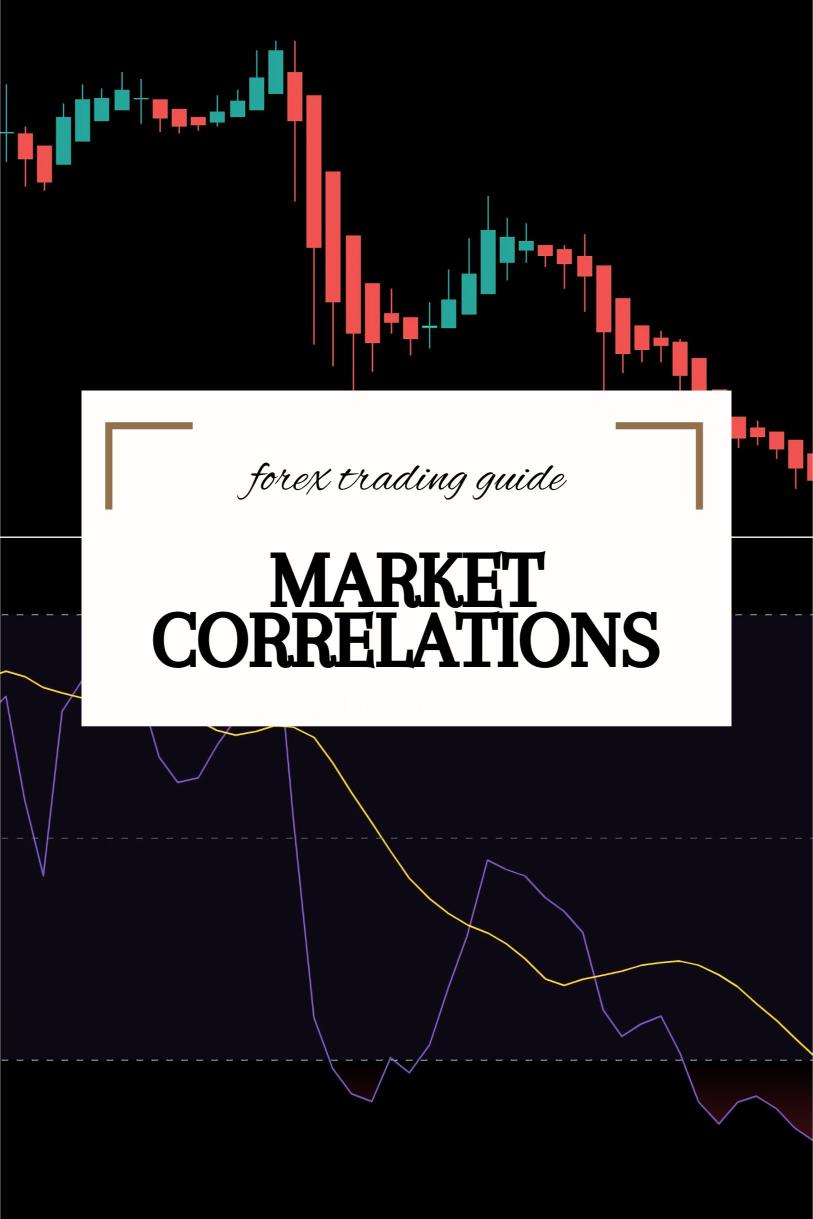Last Updated on February 11, 2025 by Arif Chowdhury
Ever sat down to trade and felt overwhelmed by the sheer number of variables at play?
What if I told you that one of the most crucial concepts in Forex is understanding market correlations?
Market correlations can make or break your trading strategy.
As a seasoned Forex trader since 2015, I’ve seen firsthand how mastering this concept can lead to successful trading outcomes.
Let’s dive into why these correlations matter, how to leverage them, and what you can do to enhance your Forex trade management.
What Are Market Correlations? 🤔
Market correlations refer to how different currency pairs move in relation to one another.
- Positive Correlation: When two currency pairs move in the same direction.
- Negative Correlation: When two currency pairs move in opposite directions.
For example, if EUR/USD rises, you might see GBP/USD rise as well. Understanding these correlations can help you anticipate market movements and avoid potential pitfalls.
Why Should You Care? 📈
Here’s the kicker:
- Risk Management: Knowing how pairs are correlated helps in diversifying your portfolio. If you trade positively correlated pairs, you risk amplifying losses when the market moves against you.
- Enhanced Strategy: Using correlations can fine-tune your trading strategy. For instance, if you identify a strong negative correlation, you can hedge your positions effectively.
- Statistical Insight: Did you know that about 80% of currency pairs show some level of correlation? This means that ignoring these relationships could lead to missed opportunities.
How to Identify Market Correlations 🔍
Knowing how to identify these correlations is key. Here’s how you can do it:
- Statistical Tools: Use correlation coefficients to determine the strength of a relationship between pairs. A value close to 1 indicates strong positive correlation, while a value close to -1 indicates strong negative correlation.
- Historical Data: Look at historical data to see how pairs have behaved in the past. This can give you a clearer picture of potential future movements.
My Strategy with Market Correlations 💡
Over years of experience, I’ve developed a robust strategy that capitalizes on these correlations.
I created a portfolio of 16 sophisticated trading bots that are strategically diversified across four major currency pairs: EUR/USD, GBP/USD, USD/CHF, and USD/JPY.
Each bot is designed to minimize correlated losses, leveraging unique algorithms that trade based on H4 charts.
- Robust Performance: These bots are built to target 200-350 pips, focusing on long-term strategies.
- Backtested Success: They’ve been backtested over the last 20 years, proving their resilience even in tough market conditions.
The beauty of this setup? It significantly enhances overall profitability while minimizing the risk of simultaneous losses across all bots.
And guess what? I’m offering this EA portfolio for FREE!
Practical Tips for Using Market Correlations 🚀
- Diversify Wisely: Don’t just pick pairs randomly. Analyze correlations to build a balanced portfolio.
- Stay Updated: Market conditions change, and so do correlations. Stay informed about economic news and events that could impact currency movements.
- Utilize Technology: Tools and software can help track and analyze these correlations effectively. Don’t hesitate to use them.
The Final Word on Brokers 💼
As you navigate the world of Forex trading, having the right broker can make all the difference.
Look for brokers that offer tight spreads, instant withdrawals, and excellent customer support.
I’ve tested several and highly recommend checking out the best Forex brokers here.
Understanding market correlations is not just an academic exercise; it’s a practical tool that can enhance your trade management and profitability.
So, dive into these concepts, leverage them in your trading strategy, and watch your success rate soar!
